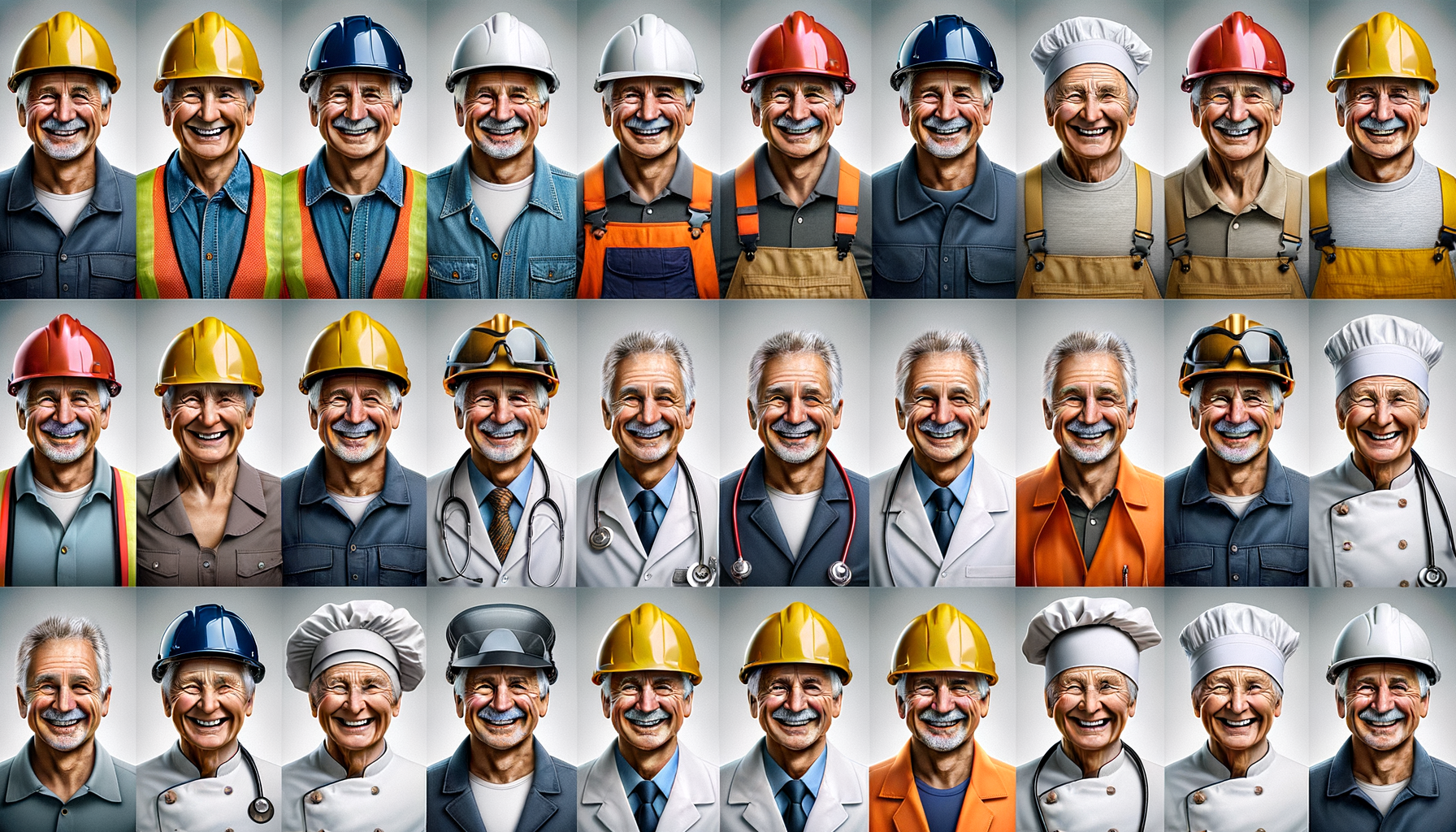Introduction to Metal Roofing
Metal roofing has become a popular choice among homeowners due to its durability, energy efficiency, and aesthetic appeal. For budget-conscious homeowners, finding affordable metal roofing solutions is crucial to maintaining financial balance while enhancing their home’s value. This article explores various aspects of metal roofing, providing insights into why it is a viable option for those looking to invest in long-term roofing solutions without breaking the bank.
Cost-Effective Metal Roofing Materials
When considering metal roofing, the material chosen plays a significant role in determining the overall cost. Among the various materials available, galvanized steel and aluminum are two of the most cost-effective options. Galvanized steel is known for its strength and resistance to rust, making it a durable choice for areas with harsh weather conditions. Aluminum, on the other hand, is lightweight and resistant to corrosion, ideal for coastal regions.
Both materials offer a range of benefits:
- Longevity: Metal roofs can last 40-70 years, significantly longer than traditional asphalt shingles.
- Energy Efficiency: Reflective coatings on metal roofs can reduce cooling costs by up to 25%.
- Low Maintenance: Metal roofing requires minimal upkeep, saving time and money over the years.
By selecting the appropriate material, homeowners can ensure they are getting the most value for their investment, balancing affordability with quality and longevity.
Installation and Maintenance Considerations
The installation process for metal roofing is another critical factor in its affordability. While the initial cost might seem higher than traditional roofing materials, the ease of installation can reduce labor costs. Metal roofing panels are often designed for quick and straightforward installation, which can be a significant advantage for budget-conscious homeowners.
Additionally, the maintenance of metal roofing is relatively simple. Unlike other roofing materials that may require frequent repairs or replacements, metal roofs are resilient to common issues such as leaks or warping. Regular inspections and minor repairs, such as tightening loose fasteners or cleaning debris, are typically sufficient to maintain a metal roof’s integrity.
Investing in quality installation and regular maintenance not only extends the life of the roof but also ensures that homeowners maximize their investment over time.
Environmental and Financial Benefits
Choosing metal roofing is not only a smart financial decision but also an environmentally conscious one. Metal roofs are often made from recycled materials and are fully recyclable at the end of their lifespan. This reduces the environmental impact and supports sustainable building practices.
Financially, metal roofing can increase a home’s resale value. Many buyers appreciate the benefits of a metal roof, such as its durability and energy efficiency, making homes with metal roofing more attractive in the market. Additionally, some insurance companies offer discounts to homeowners with metal roofs due to their resistance to fire and extreme weather conditions.
By considering both the environmental and financial advantages, budget-conscious homeowners can make informed decisions that align with their values and financial goals.




Leave a Reply